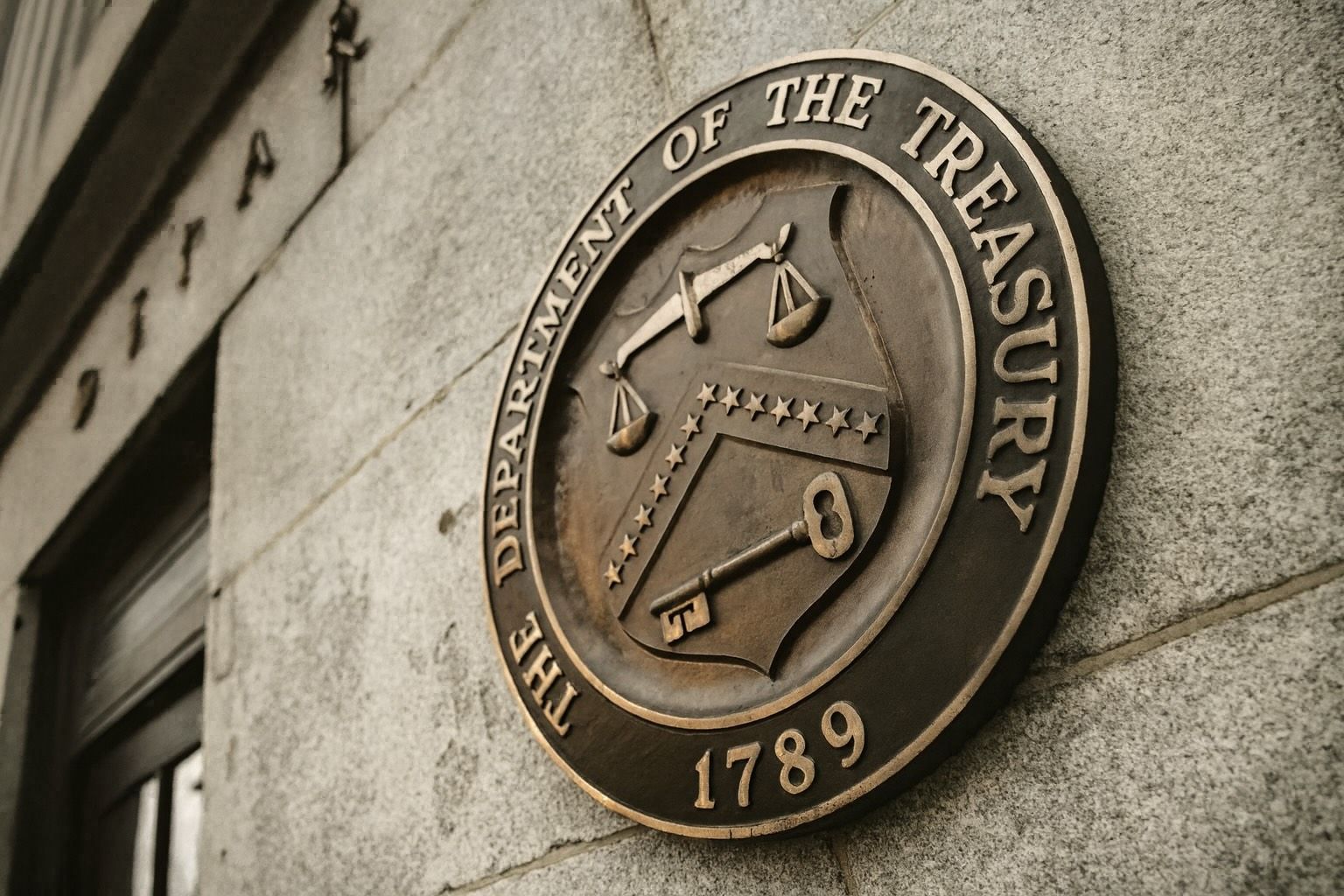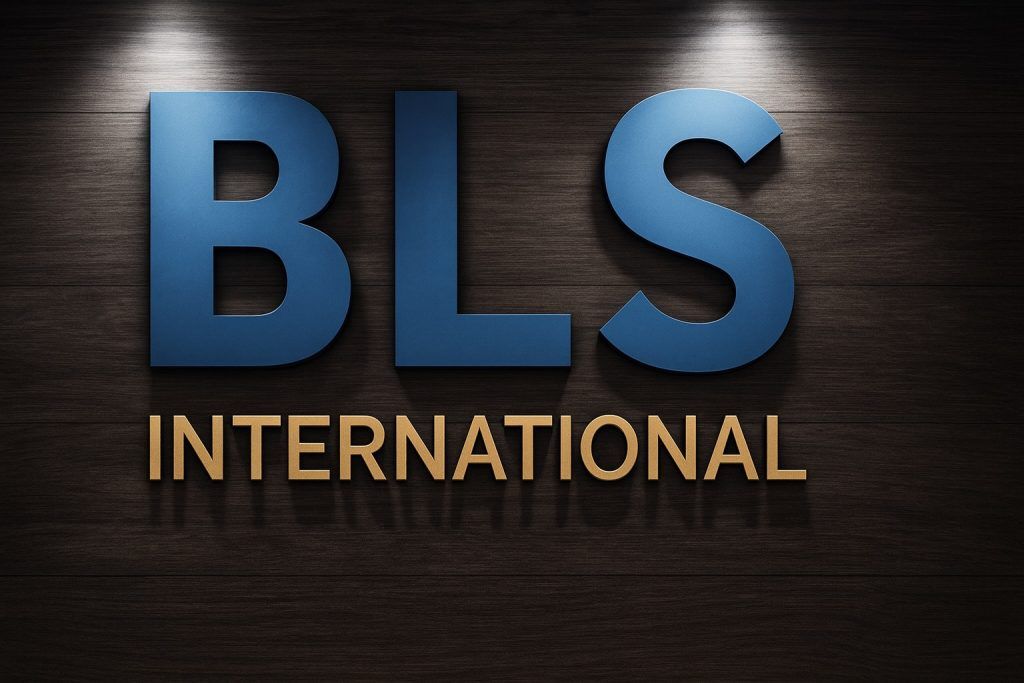- 10-year yield ~4.03% (Oct 13, 2025): After trading above 4.1% earlier in the week, the 10-year Treasury yield dipped into the low-4% range by mid-October (around 4.02–4.05% [1] [2]). This marks a pullback from a peak of about 4.78% in early October [3].
- Recent movement: Yields fell about 9 basis points over the past week to ~4.03% [4], reversing some of the sharp rise tied to strong economic data. (For context, the yield hit ~4.79% in January 2025 [5] – the highest in over a decade.)
- Driving factors: Traders expect Federal Reserve rate cuts later this year, even as Fed officials urge caution [6] [7]. Softening economic data and safe-haven flows have also pushed yields lower (see below). Conversely, renewed U.S. trade tensions and deficit concerns continue to exert upward pressure on long-term rates [8] [9].
- Analyst commentary: Market strategists warn that large budget deficits and any Fed capitulation to inflation pressures could push yields higher [10]. Others note that current yields already reflect these risks, so further steepening may be limited unless new shocks arise.
- Market impacts: High Treasury yields tend to lift borrowing costs across the economy. As of early October, 30-year mortgage rates were around 6.3–6.4% [11] (compared to ~6.1% in late Sept), while credit-sensitive loans (autos, credit cards) remain costly. Any further drop in yields could give mortgage rates some relief.
- Historical context: The 10-year rate is now near levels last seen in 2007. Early October’s ~4.78% was “its highest since 2007” [12]. In Jan 2025 it briefly hit 4.79% [13] (the peak of this cycle) before easing. These levels are far above the sub-1% yields of 2020–21 and well above the long-term average (~4.25% [14]).
Latest Yield Trends
After spiking at the end of September, the 10-year Treasury yield has eased slightly. It stood around 4.03% on Oct. 13, essentially unchanged from the prior session [15]. By Oct. 14 it was roughly 4.02% (market data show it down a few basis points from Oct. 10’s 4.05% [16] [17]). This pullback follows a sharp selloff in bonds earlier in the week: 10-year yields had climbed from ~4.23% at end-September to near 4.78% on Oct. 6 [18]. Treasuries rallied into mid-October, however, as investors shifted back into bonds. As one market report noted, yields “ticked down” as gold topped $4,000/oz and other safe havens surged [19]. In short, 10-year yields are now back in the low-4% range – roughly 15–20 basis points below the early-October high, but well above levels of 2023.
What’s Driving Yield Moves
Federal Reserve policy: The Fed cut its benchmark rate by 0.25% in September, the first cut since 2024. Market pricing still sees more rate cuts on the way (some traders expect one more 25-bp cut by year-end) [20]. Fed minutes (Sept. 2025) signaled policymakers anticipate “two more cuts” this year, and New York Fed President John Williams noted risks are tilting toward “more interest rate reductions before year-end” [21]. However, Fed officials (e.g. analyst Musalem) urge caution: with inflation still above 2%, cutting too quickly could be risky [22]. This tug-of-war – markets eager for easier policy versus Fed vigilance – has kept rates volatile.
Inflation data: Inflation remains above the Fed’s 2% goal. The U.S. CPI was around ~2.9% in August [23] (year-over-year) and core inflation has shown only modest improvement. Traders worry lingering price pressures (from wages or tariffs) could keep yields from falling further. For example, a Reuters survey noted that if markets think the Fed will bow to Trump’s demands, inflation expectations – and thus long-term yields – could rise [24].
Fiscal deficits and bond supply: The U.S. budget gap is large, boosting Treasury issuance. Analysts at Amundi/PIMCO point out that ballooning deficits have investors demanding higher term premiums. PIMCO’s Reine Bitar says bond investors have been “tactically taking profit” but still like betting on curve steepeners, since fiscal pressures likely keep long yields elevated [25]. In short, heavy government borrowing tends to push 10-year rates up, all else equal.
Geopolitics and Trade: Recent U.S.–China trade tensions have had an outsized impact. President Trump’s threats of 100% tariffs on Chinese goods starting Nov. 1 caused a market swoon and safe-haven flows late last week. TechStock² reports that after Trump’s tariff ultimatum, the 10-year yield “dipped back down into the low-4.0% range by Friday” [26]. That is, each time trade-war worries flare, investors rush into Treasuries and other havens (gold, Treasury bonds), driving yields lower. By contrast, any easing in trade rhetoric quickly pushes yields back up. Geopolitical uncertainties (and even news on oil or global conflicts) similarly tilt investors toward safety or risk, feeding into bond moves.
Bond auctions: Recent auctions have largely found solid demand, which helped cap yields. For example, an April 2025 10-year auction priced better than expected, briefly pushing yields lower [27]. But continued large-scale issuance (especially long-term debt) adds upward pressure over time. The Federal Reserve and Treasury are monitoring this dynamic; some reports note debt managers are considering more short-term issuance to stabilize yields.
Analysts and Commentary
Strategists and economists emphasize both sides of the yield outlook. On the hawkish side, Morgan Stanley and others warn high deficits and inflation could keep 10-year yields high. Amundi’s Bitar cautions that any hint of the Fed “bowing to pressure” could spark higher inflation expectations and push long yields up [28]. Likewise, Bloomberg analysts have noted the “debasement trade” (weakening dollar, high fiscal deficits) has become a key theme, justifying elevated Treasury yields.
On the dovish side, many expect Fed easing to dominate. Traders are currently pricing in roughly a 95% chance of another 25-bp cut in October [29]. Former Fed officials and fund managers point out that real yields (adjusted for inflation) remain low and that any slowdown in growth or inflation will likely bring yields down further. For example, one Fed watcher noted that healthy declines in the labor market might force investors to rethink rate cut timing [30] (and thus bond yields).
TechStock² and other market commentators highlight the recent tug-of-war: “Safe havens surged recently: gold topped $4,000… and U.S. Treasury yields ticked down” [31]. In short, analysts say the trajectory will depend on the next round of data and Fed signals: if inflation cools and growth decelerates, yields could slip; if inflation surprises, the current high-yield regime could persist.
Market and Consumer Impact
Stock markets: Rising 10-year yields generally weigh on stocks, as they raise discount rates and signal tighter financial conditions. October’s bond selloff contributed to a brief stock-market pullback (the S&P 500 fell ~3% on Oct. 10 [32]). Conversely, the recent drop in yields has helped stocks rebound in the past two sessions. In general, yield volatility is causing swings in interest-sensitive sectors: financials benefit from higher yields (which can boost bank profits), while tech and real estate can suffer from rate worries.
Housing & Mortgages: The 10-year Treasury yield strongly influences mortgage rates. The average 30-year fixed mortgage is about 6.3–6.4% as of early October [33]. (To compare, it was ~6.1% in late Sept.) Experts note that mortgage rates are “influenced more by Treasury yields than directly by decisions made by the Fed” [34]. In other words, when the 10-year yield ticked up near 4.8%, mortgage rates rose in kind; now that yields have eased to ~4.0%, mortgage quotes may drift lower. Still, Lisa Sturtevant of Bright MLS cautions that a single quarter-point Fed cut is not enough to fix the housing “logjam” – rates need to fall more to materially boost affordability [35].
Consumer Loans: Other borrowing costs follow suit. For example, strong Treasury yields tend to lift fixed auto loan rates and even credit-card APRs. While specific loan rates lag the bond market by a few weeks, a sustained move in Treasuries will ripple through bank lending rates. Thus, continued high Treasury yields mean consumers and businesses face higher financing costs – from car loans and business loans to personal credit.
Historical Perspective
The 10-year yield is now at levels last seen in the mid-2000s. Its early-October spike to about 4.78% was “its highest since 2007” [36]. To put this in perspective: in 2006–2007 U.S. yields briefly topped 5%, and in the early 1980s they hit 15% as the Fed fought inflation. More recently, the post-2010 norm was around 2–3%. The January 2025 peak of 4.79% [37] marked a 14-year high (the Federal Reserve’s term premium that day was the largest since 2011 [38]). While the current 4.0% range is lower than those peaks, it remains well above the long-term average (~4.25% [39]) and drastically higher than the ~1% levels seen in 2020–21.
In sum, U.S. Treasury yields have swung sharply this year, reflecting the tug-of-war between economic strength and monetary policy versus inflation and fiscal concerns. For everyday Americans, the key takeaway is that higher bond yields mean higher borrowing costs. Homebuyers, auto shoppers, and borrowers of all stripes should brace for elevated rates until longer-term yields ease. As one housing economist puts it, lower yields are needed to “make a dent in affordability” [40]. Investors will be watching upcoming data and Fed signals closely – because each new report could tip the scales back in either direction.
Sources: Treasury yield and Fed data, along with market analysis, are drawn from official releases and financial news reports [41] [42] [43] [44]. Market commentary and analyst quotes are from TS2.Tech and other financial outlets [45] [46] [47] [48] [49].
References
1. www.nuveen.com, 2. ts2.tech, 3. cashfinancialllc.com, 4. www.nuveen.com, 5. fredblog.stlouisfed.org, 6. www.reuters.com, 7. ts2.tech, 8. www.nuveen.com, 9. www.reuters.com, 10. www.reuters.com, 11. www.bankrate.com, 12. cashfinancialllc.com, 13. fredblog.stlouisfed.org, 14. ycharts.com, 15. www.nuveen.com, 16. www.nuveen.com, 17. ts2.tech, 18. cashfinancialllc.com, 19. ts2.tech, 20. www.reuters.com, 21. ts2.tech, 22. www.reuters.com, 23. www.bls.gov, 24. www.reuters.com, 25. www.reuters.com, 26. ts2.tech, 27. www.reuters.com, 28. www.reuters.com, 29. ts2.tech, 30. www.reuters.com, 31. ts2.tech, 32. ts2.tech, 33. www.bankrate.com, 34. www.cbsnews.com, 35. www.bankrate.com, 36. cashfinancialllc.com, 37. fredblog.stlouisfed.org, 38. fredblog.stlouisfed.org, 39. ycharts.com, 40. www.bankrate.com, 41. www.nuveen.com, 42. www.reuters.com, 43. fredblog.stlouisfed.org, 44. www.reuters.com, 45. ts2.tech, 46. ts2.tech, 47. ts2.tech, 48. www.bankrate.com, 49. www.cbsnews.com







